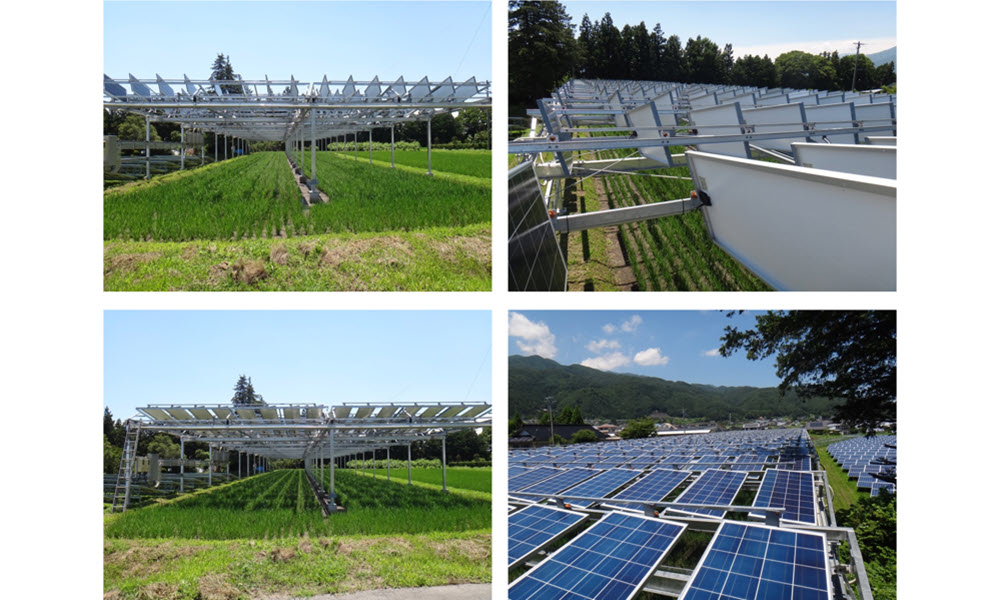
As countries race to expand renewable energy infrastructure, balancing clean electricity production with land use for food remains a pressing challenge—especially in Japan, where mountainous terrain limits space. A recent study led by researchers from the University of Tokyo explores a promising solution: integrating solar panels with traditional rice farming in a practice known as agrivoltaics.
As reported in the Journal of Photonics for Energy, the research team installed a dual-axis sun-tracking photovoltaic (PV) system over a rice paddy in Miyada-mura, Nagano Prefecture. Positioned three meters above the ground, the solar panels generated electricity while allowing rice cultivation to continue underneath. The system was designed to adjust panel angles daily and seasonally, prioritizing rice growth during the planting season and maximizing energy production during the off-season.
Over two growing seasons, the agrivoltaic system achieved rice yields of 75 percent and 85 percent compared to nearby traditional paddies. While slightly lower in the first year, yield improved significantly in the second year after fine-tuning the amount of sunlight reaching the crops. Importantly, the rice also met Japan’s highest grain quality standards.
At the same time, the PV panels generated nearly 44,000 kilowatt-hours of electricity annually—an efficiency (961.4 kWh/kW) that compares favorably with similar systems in Europe. Over a projected 20-year lifespan, and without government subsidies, the estimated cost of electricity production was about 27 yen per kilowatt-hour—roughly equivalent to Japan’s household electricity rate at the time.
The study underscores the tradeoffs involved in balancing crop productivity with solar energy output. Researchers showed that careful management of shading, including adjusting the panels’ angles throughout the day and season, can help achieve both goals. They also highlight future directions such as using AI to optimize sunlight sharing in real time and experimenting with high-efficiency or semi-transparent solar panels to further reduce crop shading.
With Japan aiming to dramatically increase its solar capacity by 2030, the researchers hope their results will inform broader adoption of agrivoltaics—particularly in rural areas where preserving food production is essential. By combining energy and agriculture, they argue, it may be possible to support both sustainability and economic resilience on the same piece of land.
(Photo credit: Y. Okada et al.)
TrendForce 2025 Infrared Sensing Application Market and Branding Strategies
Release: 01 January 2025
Format: PDF / EXCEL
Language: Traditional Chinese / English
Page: 196
|
If you would like to know more details , please contact:
|












